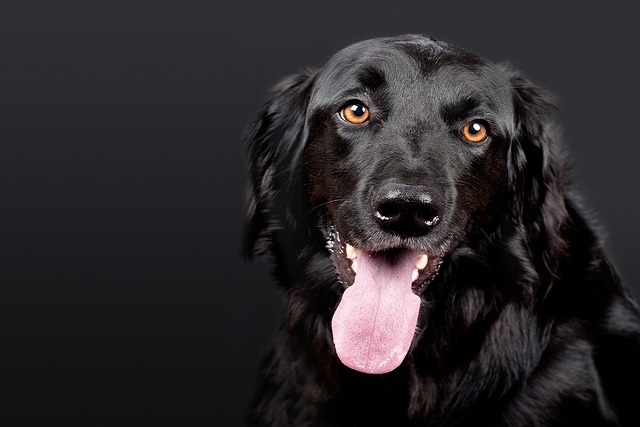
How do i train my dog to be obedient?
Watching your dog dart across the park ignoring your calls isn’t just frustrating—it can put them at risk near busy streets or public spaces.
Let’s be real: that adorable 10-week-old Golden Retriever isn’t plotting to ruin your rugs. But when you’re mopping up your third puddle before noon, it’s easy to wonder, "When will this end?" Truth is, puppy housebreaking timeline isn’t one-size-fits-all. Most pups achieve basic reliability between 4–6 months, but full consistency often takes until 6–12 months. Why the range? Three key factors: bladder maturity (tiny bladders can’t "hold it" long!), learning style, and your consistency. A pup’s bladder control develops gradually—expect accidents if left alone longer than their age in months plus one (e.g., 3 hours max for a 2-month-old in your Seattle apartment). Breeds matter too: stubborn Basset Hounds may take longer than eager-to-please Labradors. And rescue pups with uncertain histories might need extra patience.
Here’s the science-backed game plan. Start crate training benefits immediately—dogs naturally avoid soiling their den. Choose a crate just big enough for turning around (no extra space for a "potty corner"). Pair this with a military schedule:
1、First thing at 6 AM
2、After every nap/play session
3、15 mins post-meals
4、Right before bedtime
Every 2 hours otherwise Carry them directly outside (no hallway distractions!) to the same quiet spot—say, that oak tree in your complex courtyard. Use a cue like "Go potty" as they eliminate. When they succeed, celebrate like they won the lottery: "Good potty!" + instant high-value treats (boiled chicken > kibble). No success after 5 minutes? Quietly return inside, try again in 15. Punishing accidents or rubbing their nose in messes backfires spectacularly—it creates secretive pottying and erodes trust. Modern positive reinforcement is non-negotiable in the US/EU ethical landscape.

Now, tackle reality checks. Apartment living? Elevator rides add time—factor that into your schedule. Hate 3 AM trips? Limit water 2 hours before bed. Accidents happen: interrupt calmly (a clap if mid-act), whisk them outside, then clean thoroughly with enzymatic cleaner (standard cleaners leave scent invitations). Got a pup terrified of rain? Desensitize gradually: play storm sounds softly during meals, then reward bravery during light Seattle drizzles with cheese.
Compliance is non-negotiable during training. That collar must hold up-to-date rabies tags—legally required for licensing nationwide. When they potty outdoors, bag it immediately with EPA-approved biodegradable bags; fines for uncollected waste hit $250+ in cities like Boston. Respect leash laws even at 2 AM—no "quick releases" in shared spaces. Apartment dwellers: avoid long-term pee pad use (confuses location training), but if essential for blizzards, place them near the door as a transitional tool.
Setbacks? Totally normal. Growth spurts, stress, or UTI symptoms (sudden accidents warrant a vet trip!) can regress progress. Track patterns: if accidents consistently hit at 10 AM, adjust your schedule. Most "stubborn" cases trace to inconsistent timing or missed signals (sniffing, circling). Celebrate tiny wins—a whine at the door deserves a party! By month 4, you’ll likely see 80% reliability if you’ve nailed consistency. But remember: until 6+ months, overnight accidents or missed signals aren’t failures—they’re biology.
Bottom line: Patience + routine = success. Your pup isn’t being difficult; they’re learning a complex skill in a world full of distractions. Stick with science-backed kindness, respect community rules, and trust the process. One day, you’ll realize your shoes haven’t smelled like enzymatic spray in weeks—and that victory is sweeter than any treat.

Watching your dog dart across the park ignoring your calls isn’t just frustrating—it can put them at risk near busy streets or public spaces.

New puppy owners often find themselves rushing to clean up accidents before they set in, and that’s where puppy pad training becomes a game-changer.

If you've noticed your dog's waistline disappearing and your veterinarian has mentioned those few extra pounds, your first instinct might be to simply reduce the amount of food in their bowl.

Training a dog to use a designated spot indoors isn’t as daunting as many new owners fear, but it does take consistency and an understanding of your pet’s needs.

That moment of dread on a walk is all too familiar for many new dog owners. You see another dog approaching down the sidewalk of your neighborhood

If the sight of another dog on your neighborhood walk makes your heart sink as your own dog erupts into a frenzy of barking and lunging, you're not alone.